Careers- How To Sell Your Science
A series of interview questions with prominent biologists and medical researchers, designed to help science students find jobs after graduation by teaching them how to present themselves and the research they’ve done in the best possible light. This should be useful to anyone seeking an internship or a laboratory position.
Chen designed a more resilient tiny drone using soft actuators instead of hard, fragile ones. The soft actuators are made of thin rubber cylinders coated in carbon nanotubes. When voltage is applied to the carbon nanotubes, they produce an electrostatic force that squeezes and elongates the rubber cylinder. Repeated elongation and […]
Walking is a common bipedal and quadrupedal gait and is often associated with terrestrial and aquatic organisms. Inspired by recent evidence of the neural underpinnings of primitive aquatic walking in the little skate Leucoraja erinacea, we introduce a theoretical model of aquatic walking that reveals robust and efficient gaits with modest […]
A team at MIT has engineered small coils lined with living cells, that they say could act as stretchy scaffolds for repairing damaged muscles and tendons. The coils are made from hundreds of thousands of biocompatible nanofibers, tightly twisted into coils resembling miniature nautical rope, or yarn. The researchers coated the […]
Scientists at the University of Freiburg have discovered hitherto unknown intermediary steps by which enzymes are used to produce the carbon backbone of rubromycins. This is vital both for pharmaceutical bioengineering, for nano-design that might mimic the elegant and efficient methods of self-replication here employed, and for engineered tools meant to […]
This study attempts to reach a broad understanding of the stability properties of nonlinear time-periodic flapping wing structures. Two bio-system models, Hummingbird (6DOF) and Hawkmoth (3DOF) are developed for this purpose. Initial analysis on the Hummingbird model, which is based on the Floquet theory, kinetic energy integration, and phase portrait technique, indicates lack of stability […]
News, How to hide like an octopus
Researchers at MIT have studied octopuses and other cephalopods skilled at camouflage in order to create a flexible material that can change its appearance on demand. The mechanism these creatures use to change both color and texture happen through muscle contractions, something researchers have been able to mimic by applying voltage […]
Paper, Mechanism of Xylem Stabilization Observed
Researchers at the Max Planck Institute and at Wageningen University have used genetic engineering to induce xylem formation in plant cells beyond the deep tissue where formation is typical in nature, allowing live observation of the specific mechanical process of xylem formation and stabilization. Using data obtained from this observation, researchers […]
Learn about our two Decals!
 Click here to find out more about our Fall Bioinspired Design Decal and our Spring Bioinspired Design in Action Decal – ALL MAJORS are welcome.
Click here to find out more about our Fall Bioinspired Design Decal and our Spring Bioinspired Design in Action Decal – ALL MAJORS are welcome.Berkeley BioDesign Community
 Click here to learn about the BioD: Bio-Inspired Design @ Berkeley student organization or here to signup for more info.
Click here to learn about the BioD: Bio-Inspired Design @ Berkeley student organization or here to signup for more info.Search
Student Login

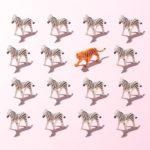
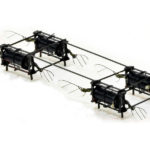

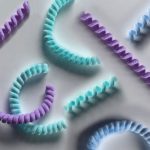
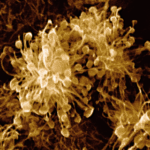
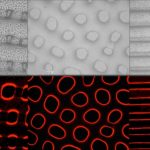



I imagine that the neurological circuits underlying these processes are governed by both 2d spacing maps with their brains as…
to reduce the impact of car accidents, it may be possible to study the force diverting physics of cockroaches to…
you see this type of head-bobbing stability in many avian creatures related to pigeons like chickens. the head ability to…
not like they taught horses how to run! this is an example of convergent evolution where both sea creatures and…
The brain functions in a similar way with neuronal connections. our brains are able to utilize the multiplicity of connections…